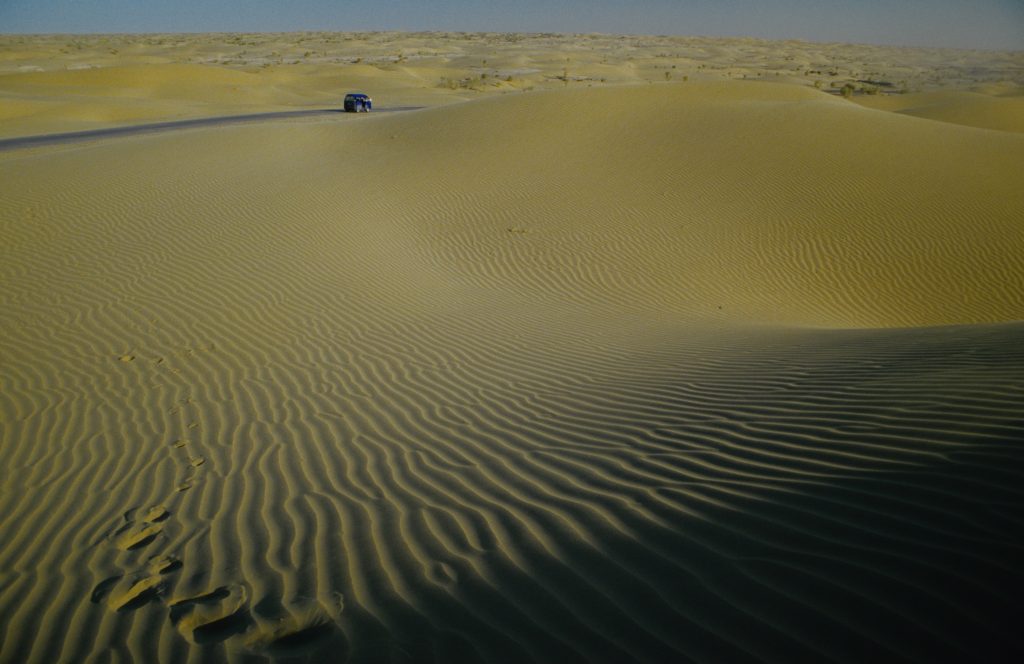
TURKMENISTAN
I passed through Turkmenistan in 1999 on the course of my Silk Road overland voyage from China via Kyrgyzstan, Kazakhstan, Uzbekistan and Turkmenistan back to my then home in Iran. In those days Turkmenistan’s rulers had not yet begun to impress guests with renaming the calendar (April was later to be named after the former leader’s mother, Gurbansoltan) or with setting dubious world records, e.g. for the highest concentration of white marble-clad buildings, the highest number of fountain pools in a public space or the world’s largest indoor Ferris wheel, all to be in the capital of Ashgabat.
Rather, Turkmenistan impressed me with the ruins of Gurganj, center of the large oasis region of ancient Chorasmia. They stand in the middle of nowhere in northern Turkmenistan, between the almost dried-up Aral Sea to the north and the hostile Karakum Desert to the south, close to the delta of the great Amu Darya river. Formerly known by its fabled name Oxus, it rises in the Pamir Mountains, north of the Hindu Kush.
I must admit I felt a bit like Genghis Khan (whose troops had sieged Gurganj and destroyed the Gurganj Dam in 1221), albeit I did nothing wrong. Instead, amidst a great field of ruins, I stood in awe in front of the great Kutlug-Timur Minaret, still rising like a miracle 60 meters high from the desert soil. Two days later and more than 500 kilometers further south, I sat in awe in front of my Pasta Carbonara dish in a fancy Italian restaurant in Ashgabat. After seven weeks of backpacking since my departure in Beijing on the road, it was heaven.
